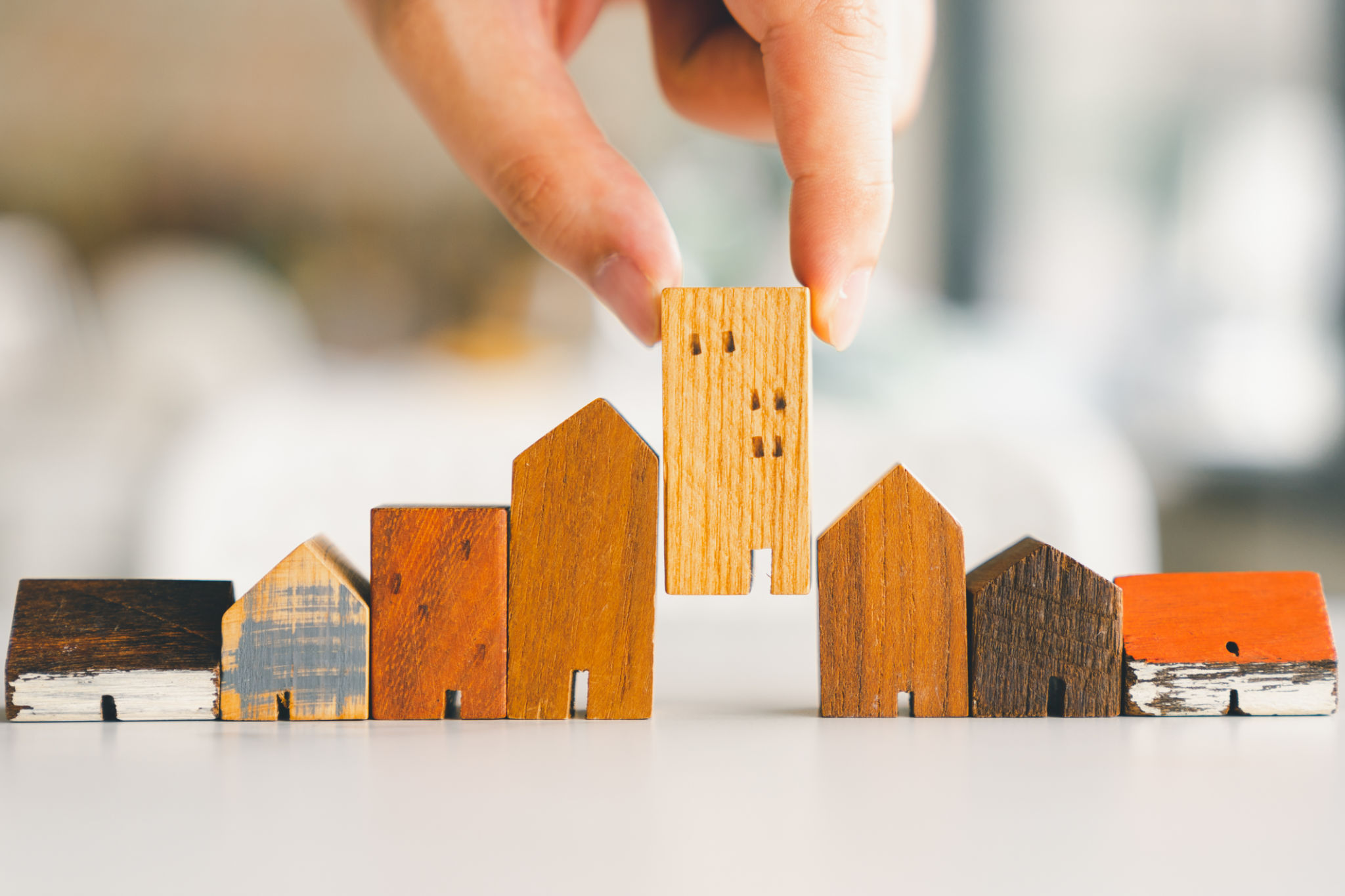Building Homes for All: Innovative Affordable Housing Designs in South Africa
South Africa faces an ongoing housing crisis, with a growing population and a widening gap between the demand for affordable homes and the supply. The challenge of providing quality housing for low- to middle-income families is central to the nation's development and social stability. While government initiatives like RDP housing (Reconstruction and Development Programme) have made strides, the architectural and engineering communities are key to finding innovative, sustainable solutions that meet both economic and environmental needs.
In this post, we will explore how affordable housing designs are evolving in South Africa and the crucial role architectural professionals and engineers play in shaping a future where housing is accessible to all.
The Urgency of Affordable Housing in South Africa
South Africa's housing backlog is a staggering reality. With urbanization continuing at a rapid pace, the need for affordable housing has intensified, particularly in cities like Johannesburg, Cape Town, and Durban. According to recent statistics, the country has a backlog of over 2.5 million houses, and many South Africans live in informal settlements lacking basic services. This demand calls for innovative architectural solutions that provide not only shelter but also dignity, security, and sustainability.

The Role of Architects in Affordable Housing
Architects have a profound role in reshaping the affordable housing landscape. Their designs must be functional, cost-effective, and adaptable to different environmental conditions across South Africa’s diverse landscapes. Innovative architectural designs can help reduce construction costs while maximizing living space and energy efficiency.
Some strategies include:
Modular housing: By creating homes from prefabricated components, architects can reduce on-site construction time and labor costs, making housing more affordable without sacrificing quality.
Compact designs: Space-saving architecture ensures that affordable homes make the best use of available land, especially in densely populated urban areas.
Sustainable materials: Choosing locally sourced, eco-friendly materials can reduce both the environmental impact and the overall cost of construction.
Architects are also in a prime position to advocate for community-centric designs that promote social interaction, safety, and cohesion, which are crucial in developing low-income housing areas.
The Engineer’s Role in Affordable Housing Development
While architects focus on design, engineers ensure that affordable homes are safe, durable, and built with materials that offer long-term value. Engineers, especially structural and civil engineers, contribute to creating cost-efficient construction methods and developing infrastructure that supports sustainable communities.
Key contributions from engineers include:
- Innovative construction techniques: Engineers are increasingly using methods such as 3D printing and lightweight concrete to speed up construction and cut costs.
- Water and energy efficiency: Civil and environmental engineers are essential in designing systems that minimize water and energy usage, reducing utility costs for residents. Solar panels, rainwater harvesting, and greywater systems can be integrated into housing developments to promote sustainability.
- Infrastructure planning: Affordable housing projects cannot succeed without the right infrastructure. Engineers help ensure that housing developments are well-connected to transportation networks, water supply, and sanitation systems, improving the quality of life for residents.

Design Innovations for Affordable Housing in South Africa
1. Mixed-use developments: Housing that combines residential, commercial, and recreational spaces has proven successful in providing affordable homes while creating economic opportunities for residents. These developments help reduce urban sprawl and foster more vibrant, connected communities.
2. Incremental housing: A flexible approach where families can expand their homes over time, as finances allow, has been effective in several South African cities. Architects and engineers work together to design homes that are initially small but structurally sound for future additions.
3. Eco-villages and green design: With growing concerns over climate change, there’s a push toward sustainable, eco-friendly housing designs. Green roofs, energy-efficient insulation, and smart home technologies not only reduce environmental impact but also offer long-term savings on utilities.
4. Densification of urban areas: Vertical housing designs, such as apartment complexes and high-rises, are becoming more common to address land shortages in cities. These designs prioritize maximizing the use of limited space while providing communal amenities like gardens and parks.
Overcoming Economic Challenges
Affordability doesn’t stop at the cost of construction. Financing models are critical in making housing accessible. Architectural professionals and engineers can work with financial institutions and government bodies to create models where homeowners pay off loans over time, similar to rent-to-own schemes. These models provide immediate access to housing while allowing families to own their homes in the long run.
Government grants, public-private partnerships, and non-profit involvement also play a critical role. Collaborations between architects, engineers, and these entities can ensure that housing developments are not only feasible but also scalable.

Conclusion: A Collaborative Effort for Change
Solving South Africa’s affordable housing crisis will require the combined efforts of architects, engineers, policymakers, and the private sector. By embracing innovative designs, sustainable building methods, and community-centric planning, we can build homes that are affordable, functional, and aspirational.
Architectural professionals and engineers hold the keys to shaping a future where everyone has access to dignified living conditions. Through smart design and sustainable practices, they can help bridge the gap between housing demand and supply, ultimately contributing to a more equitable society.
